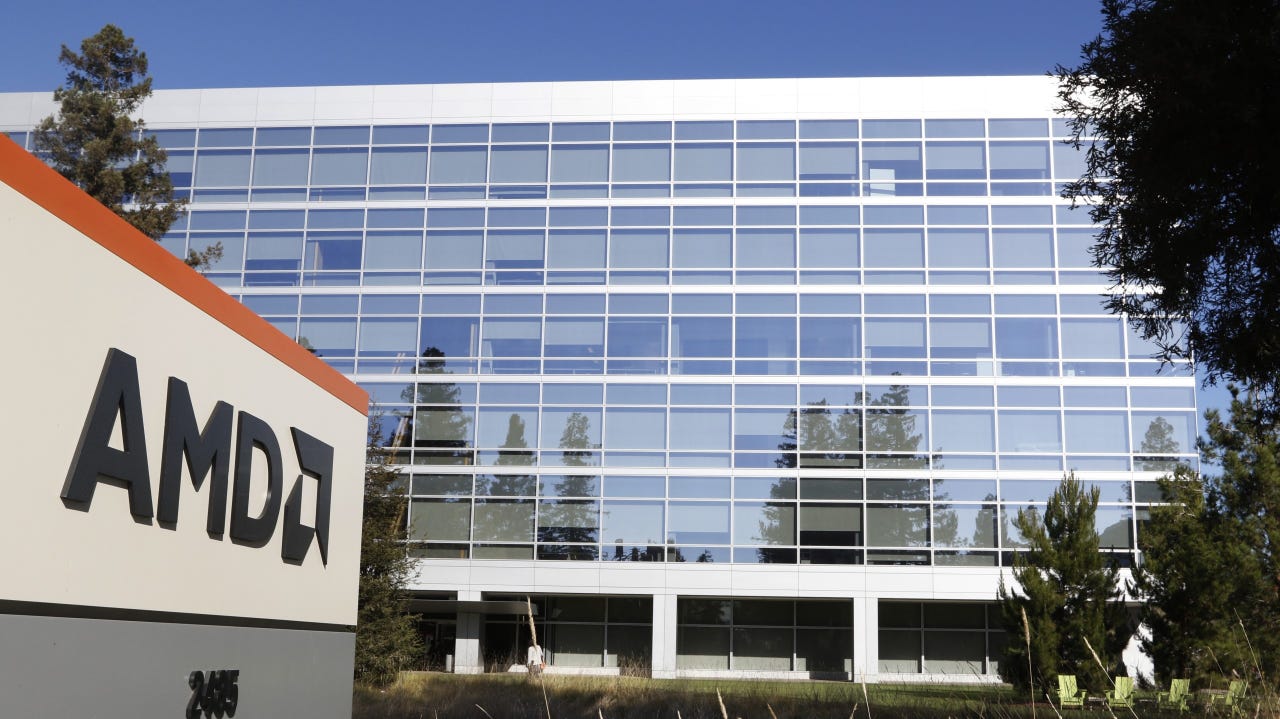
News
November 13, 2025
Slow death of custom RAN silicon opens doors for AMD
Ericsson, Nokia and Samsung have limited options for general-purpose processors amid concerns about the economic viability of custom silicon.
**Slow Death of Custom RAN Silicon Opens Doors for AMD**
The radio access network (RAN), the part of a mobile network that connects individual devices to the core network, is undergoing a significant shift. For years, major players like Ericsson, Nokia, and Samsung have invested heavily in developing custom silicon chips tailored specifically for their RAN equipment. However, growing concerns about the economic sustainability of this approach are now creating opportunities for companies like AMD to step in with general-purpose processors.
The decision to design and manufacture custom silicon for RAN equipment was initially driven by the need for high performance and energy efficiency. Custom chips could be optimized for the specific demands of handling massive data traffic and complex algorithms in the RAN. But the cost of designing, manufacturing, and maintaining these specialized chips is considerable. As the complexity of RAN technology increases with the advent of 5G and beyond, the economic burden of custom silicon becomes even more pronounced.
This financial strain is forcing Ericsson, Nokia, and Samsung to re-evaluate their strategies. Maintaining a competitive edge requires continuous innovation and upgrades to their RAN equipment. The high upfront costs and long development cycles associated with custom silicon can hinder their ability to adapt quickly to evolving market demands.
The potential solution lies in adopting general-purpose processors, which offer a more flexible and cost-effective alternative. Companies like AMD, with their expertise in designing high-performance CPUs and GPUs, are well-positioned to capitalize on this trend. General-purpose processors can be adapted to a wider range of applications, reducing the risk of obsolescence and allowing for faster software updates and feature enhancements.
While custom silicon might still hold advantages in certain niche areas, the overall trend points towards a greater reliance on general-purpose processors in the RAN. This shift not only offers cost savings and increased flexibility but also fosters greater innovation and competition in the telecommunications industry. As Ericsson, Nokia, and Samsung explore alternative solutions, AMD stands to gain significant ground in the RAN market, potentially reshaping the landscape of mobile network infrastructure. The future of RAN is becoming increasingly software-defined, paving the way for companies with strong expertise in general-purpose computing to play a pivotal role.
The radio access network (RAN), the part of a mobile network that connects individual devices to the core network, is undergoing a significant shift. For years, major players like Ericsson, Nokia, and Samsung have invested heavily in developing custom silicon chips tailored specifically for their RAN equipment. However, growing concerns about the economic sustainability of this approach are now creating opportunities for companies like AMD to step in with general-purpose processors.
The decision to design and manufacture custom silicon for RAN equipment was initially driven by the need for high performance and energy efficiency. Custom chips could be optimized for the specific demands of handling massive data traffic and complex algorithms in the RAN. But the cost of designing, manufacturing, and maintaining these specialized chips is considerable. As the complexity of RAN technology increases with the advent of 5G and beyond, the economic burden of custom silicon becomes even more pronounced.
This financial strain is forcing Ericsson, Nokia, and Samsung to re-evaluate their strategies. Maintaining a competitive edge requires continuous innovation and upgrades to their RAN equipment. The high upfront costs and long development cycles associated with custom silicon can hinder their ability to adapt quickly to evolving market demands.
The potential solution lies in adopting general-purpose processors, which offer a more flexible and cost-effective alternative. Companies like AMD, with their expertise in designing high-performance CPUs and GPUs, are well-positioned to capitalize on this trend. General-purpose processors can be adapted to a wider range of applications, reducing the risk of obsolescence and allowing for faster software updates and feature enhancements.
While custom silicon might still hold advantages in certain niche areas, the overall trend points towards a greater reliance on general-purpose processors in the RAN. This shift not only offers cost savings and increased flexibility but also fosters greater innovation and competition in the telecommunications industry. As Ericsson, Nokia, and Samsung explore alternative solutions, AMD stands to gain significant ground in the RAN market, potentially reshaping the landscape of mobile network infrastructure. The future of RAN is becoming increasingly software-defined, paving the way for companies with strong expertise in general-purpose computing to play a pivotal role.
Category:
Technology